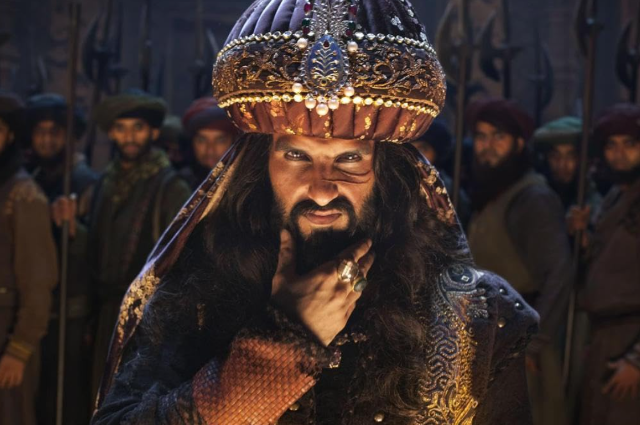Bollywood is a living, breathing phenomenon. If you’ve ever been stuck in traffic in Mumbai during a movie premiere, you’ve felt it—half the city seems to shut down. I still remember debating whether Ranveer Singh’s latest performance was brilliant or bizarre while standing outside Gaiety Galaxy, shoulder to shoulder with strangers. These conversations reveal just how deeply cinema permeates our daily lives.
When Narratives Clash With Society
A single scene or dialogue can ignite a fire in the collective psyche. Overnight, WhatsApp groups light up when a celebrity makes a plea for social justice or when a daring song gets banned. These aren’t just headlines; they influence our values, speech, and identity.
I recall countless afternoons spent discussing movies we hadn’t even seen—whether it was critics’ reviews or nostalgic childhood memories. Scandals, in my view, often reflect our yearning to be part of the national conversation more than pure outrage.
The Protest Parade of Padmaavat
On the evening of Padmaavat’s re-release, I rode past Azad Maidan. TV vans lined the fence, activists chanted, and children pressed against barricades, hoping to glimpse Deepika Padukone. The air was electric. For some, it was a battlefield of identity.
Later, a friend messaged me about taxi drivers refusing to take passengers to protest zones—a reminder of how entertainment shapes culture. That same night, FM radio buzzed with callers defending the film’s artistic freedom, while elderly neighbors fretted about tradition being mocked. Bollywood, I realized, mirrors not just our hopes but also our anxieties.
Struggles Behind the Silver Screen
Have you ever overheard directors debating script conflicts over cutting chai in Andheri? I have—and often, the off-screen drama outweighs what we see on screen.
During a college project, I interviewed film crew members who shared unfiltered stories: creative disputes ruining entire shoots, nepotism quietly shaping careers, and feuds spreading tension across sets. These behind-the-scenes realities reveal a world as fragile as it is glamorous.
Not Every Controversy is Bad
Movies aren’t banned for violence or vulgarity as often as they are for challenging social norms. When Ramrajya Reloaded was pulled from theaters, my uncle and I argued all weekend about whether religion was being protected or misused. That’s the power of cinema—it forces us to confront uncomfortable questions.
A professor once told me: “Movies are mirrors of society.” Debate, he said, is not to be feared but embraced. In hindsight, those heated classroom arguments showed me how controversy can spark new ideas, policies, and freedoms.
Faces of Change: Strong Voices and #MeToo
When Tanushree Dutta spoke up, it felt like a storm broke over campus. Everywhere, people debated accountability—lawyers quoted laws, students shared family stories of silent suffering. Suddenly, cinema wasn’t about screens and carpets but about truth.
I remember reading anonymous testimonies from aspiring actors and backstage workers. For many, the movement gave voice to years of hidden pain. It wasn’t easy—criticism and fear loomed large—but the industry was finally facing its flaws. It was proof that behind the glamour, the fight for safety, respect, and dignity remains ongoing.
Real Reactions, Raw Moments
Not all controversies spark revolutions. Ranveer Singh’s bold magazine shoot, for instance, split opinions. My dad dismissed it as “just marketing,” while a friend’s mother called it “indecent.” On trains, in tea stalls, and in newspaper columns, the debates raged. These spontaneous, everyday conversations—sincere, conflicting, even humorous—capture how deeply cinema intersects with identity.
Stardom Beyond the Headlines
It’s easy to forget celebrities are human too. At a small meet-and-greet with a rising actor, I saw exhaustion and resilience in his eyes as he joked about online trolls. In those moments, stripped of stardom, they remind us why cinema feels so personal.
The Power of Entertainment
What makes Indian cinema memorable isn’t just grand sets or choreographed dances. It’s how scandals, rumors, and celebrity voices seep into daily life. A single viral headline can spark debate at tea stalls, and one movie dialogue can echo in protests or family gatherings.
The real drama often begins after the credits roll—when cinema challenges beliefs, provokes emotions, and sparks change. A great film does more than entertain; it lingers, stirs thought, and reshapes conversations.
Indian cinema’s true power lies in the emotions and discussions it inspires. Whether through protests, fandoms, or quiet reflections, each controversy adds to a collective story. They are not just rumors or spectacles—they are the living dialogue of a society in constant motion.

